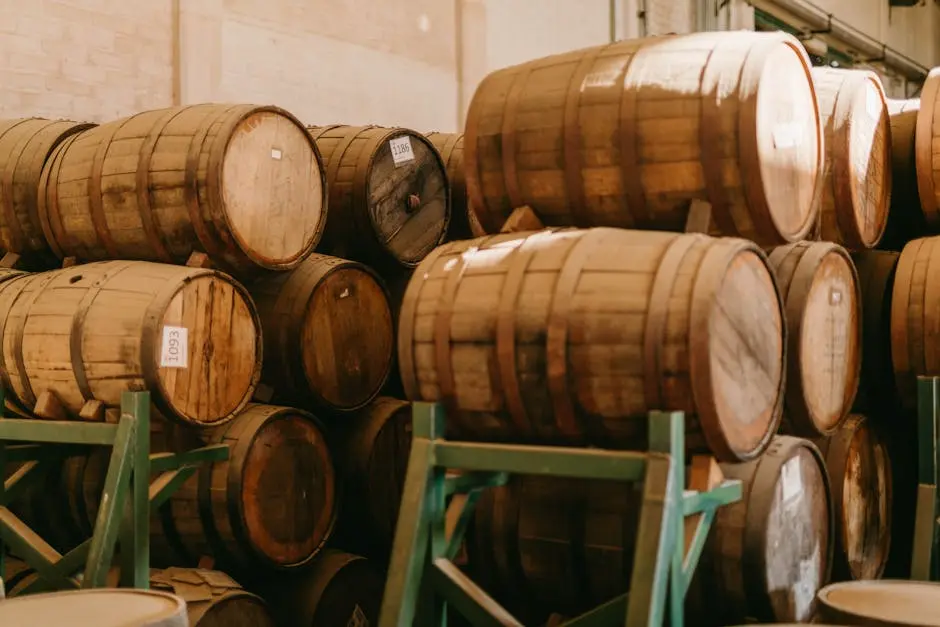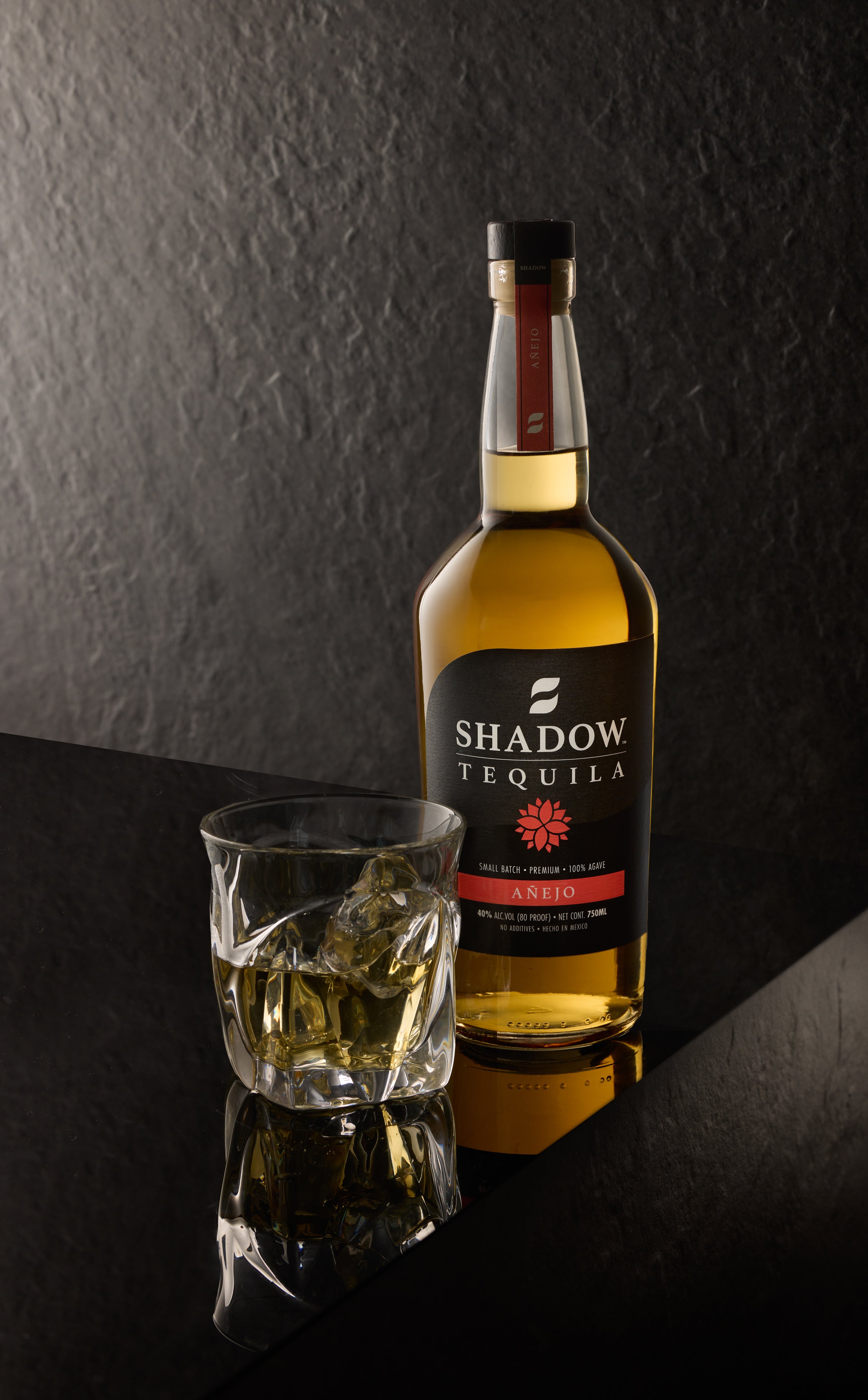Tequila lovers often seek out the nuances in flavor profiles, with one of the most intriguing being the vanilla aroma. While many factors contribute to this delightful scent, aging plays a significant role. In this blog, we’ll explore how the aging process transforms the vanilla aroma in tequila, making it a captivating subject for enthusiasts and newcomers alike.
What Is Vanilla Aroma in Tequila?
Vanilla aroma in tequila primarily originates from the barrels used during aging, which can impart sweet and rich notes to the spirit.
When you take a sip of tequila and catch a whiff of vanilla, you’re not just tasting a flavor—you’re experiencing a carefully crafted fragrance that has evolved over time. This aroma can range from light and subtle to deep and intense, depending on numerous factors.
Interestingly, the vanilla notes in tequila are not from the agave plant itself; rather, they are a result of the aging process and the interaction between the spirit and the wood of the barrels. This interaction creates a complex dance of flavors that can delight the senses.
For many tequila aficionados, the vanilla aroma signifies quality and depth. A well-aged tequila can transport you to a world of flavors, where hints of caramel, chocolate, and even spices intertwine with those delightful vanilla notes.
How Does the Aging Process Work?
Tequila is aged in barrels made from different types of wood, which influences its flavor profile over time as it absorbs compounds from the wood.
The aging process begins after distillation, as the tequila is transferred into barrels, often made from American or French oak. These barrels are essential for extracting the rich flavors that characterize aged tequila.
As the tequila sits in the barrel, the wood releases tannins and other compounds into the spirit. This exchange not only adds the sweetness of vanilla but also complex flavor notes that develop as time goes on. Temperature fluctuations can further affect this process, leading to variations in aroma and taste.
In essence, the aging process is like a conversation between the tequila and the barrel. The wood imparts its characteristics, while the spirit evolves, creating a unique and rich profile that excites the palate.
What Role Do Barrels Play in Flavor Development?
The type of barrel used, as well as its previous contents, affects the extraction of flavors such as vanilla, leading to varying aromas in tequila.
For instance, barrels that have previously aged bourbon lend a sweetness that can enhance the vanilla aroma significantly. The residual sugars and compounds from the bourbon provide a robust backdrop for the vanilla to flourish.
Additionally, the barrel’s toasting and charring processes contribute to flavor development. These techniques caramelize the wood’s natural sugars, creating those delicious vanilla notes that we so deeply enjoy.
Not all barrels are created equal, though. The age of the barrel, its construction, and how many times it has been used all play crucial roles in the final aroma and flavor of the tequila. Each choice distillers make impacts how those desirable vanilla notes will emerge.
How Does Time Affect the Presence of Vanilla Aroma?
The longer tequila ages, the more pronounced the vanilla aroma can become, as the spirit interacts more deeply with the oak wood of the barrel.
As time progresses, you’ll find that the tequila gains additional complexity. While the first year in the barrel brings initial contact, it’s the longer aging periods—think three years or more—that really unlock the potential for deeper flavors and aromas.
It’s also fascinating how aging allows the wood to mellow out. Early on, you may experience sharper tannins, whereas over time, these edges soften, yielding a smoother finish with elevated vanilla notes.
What Factors Impact the Vanilla Aroma Beyond Aging?
Other factors, including the type of agave used, fermentation methods, and distillation techniques also contribute, but aging is a critical player in enhancing the vanilla notes.
The choice of agave, for example, plays a foundational role. Different agave varieties can influence how the spirit evolves. The environment in which the agave is grown, including soil quality and climate, can also lend unique characteristics to the final product.
Furthermore, fermentation methods add another layer to the flavor tapestry. Traditional open-air fermentation can introduce wild yeast, which may produce more complex esters that complement those vanilla notes beautifully.
In summary, while aging is crucial to developing the vanilla aroma in tequila, it’s the harmony between all these elements—agave type, fermentation, and distillation—that creates a well-rounded drinking experience.
Final Thoughts
Understanding how aging affects the vanilla aroma in tequila can enhance your appreciation for this iconic spirit. By choosing the right aged tequila, you can enjoy a richer, more complex flavor profile that showcases beautiful vanilla notes.







